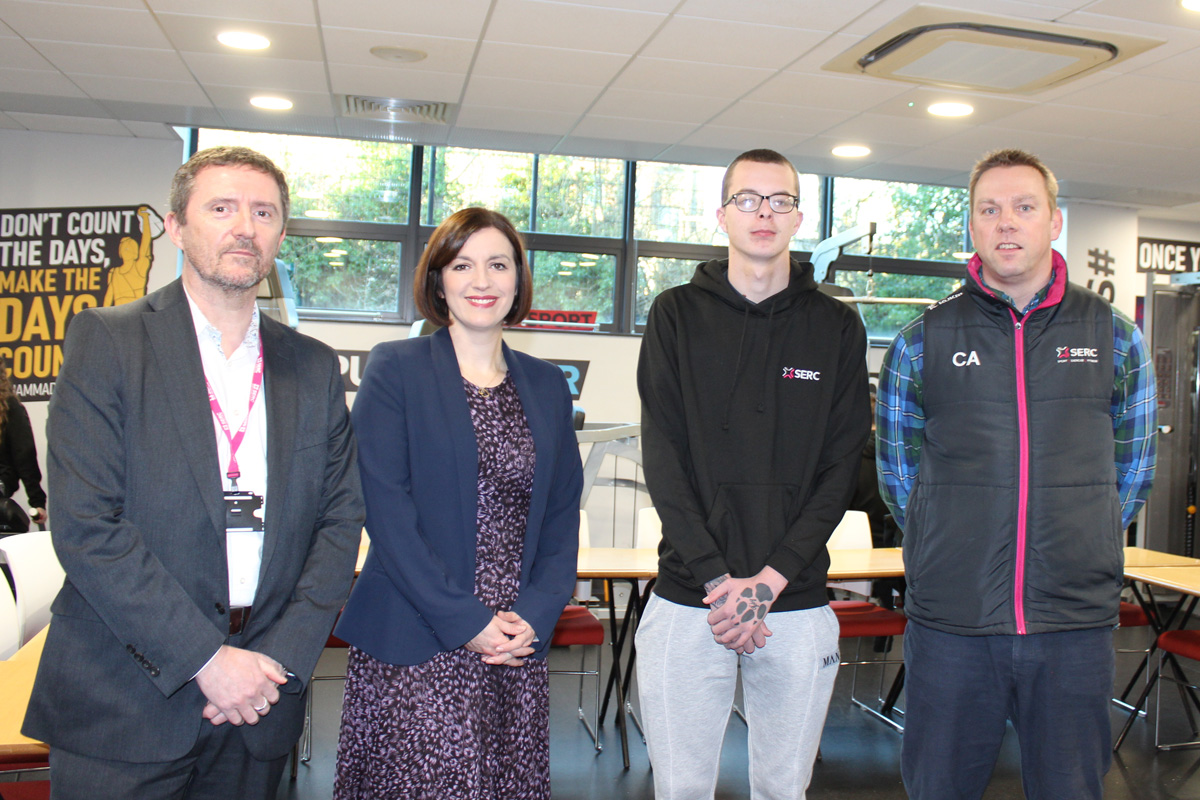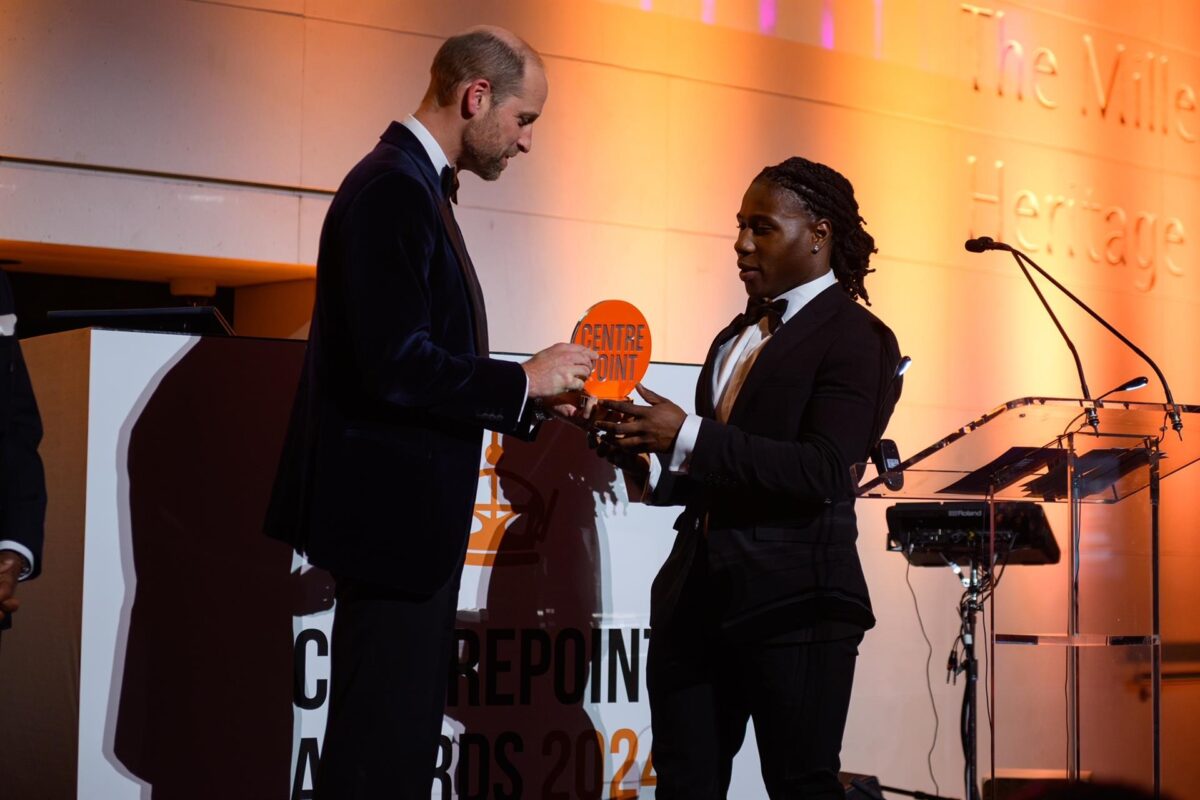How can we nurture women’s career progressions to build an equitable workplace?

This year, International Women’s Day is centred around the theme of #EmbraceEquity. However, if we are to meet this call to action, more work needs to be done to support women throughout their careers, particularly within the tech sector.
Currently, only 37 per cent of tech roles are filled by women in Europe. While BCS revealed an 18 per cent increase in the number of women wanting to study computing at university, only 23 per cent of female STEM majors move into tech roles following graduation, compared with 44 per cent of men.
Despite the significant push from the industry to recruit women in STEM roles, over recent decades, it is clear that efforts have not gone far enough and that support for female tech talent is lacking. Women in STEM are nearly twice as likely as women in other industries to say they are considering leaving the workforce.
Action is needed now. But getting started can be challenging. First, leaders need to confront the issues facing women at work. Then, they must promote new ways of working that address unfair processes, resolve cultural barriers and build a truly equitable workplace.
The barriers
In summary, we are doing more to promote the importance of women going into STEM roles, but what do we do to help them succeed and progress once they arrive?
The research suggests that we’re not doing enough. Women are leaving the industry in droves. Approximately 50 per cent of women who take a tech role drop it by age 35, compared to 20 per cent in other types of jobs.
A highlighted barrier is that women often feel overlooked in the workplace and, in some cases, are actively discouraged from pursuing STEAM careers. For example, Ensono’s Speak Up 2022 report found that 67 per cent of women experienced discouragement or setbacks while pursuing a career in technology. Examples include feeling as if the industry was male-dominated (44%) and being told the career path was too challenging for women (36%).
Where women are being recruited is also of key concern, as women are under-represented in the roles expected to have the highest demand and impact over the next five years. Research from McKinsey found that despite 19 per cent of software engineering and architecture functions being held by women, they represent only 10 per cent of the cloud solution architects and 13 per cent of Python developers.
In 2023, it’s clear that we must do more to help women overcome these obstacles and successfully advance in the workplace. It is crucial that we work to correct under-representation across all areas of tech, especially those predicted to be of critical importance if we are to make the industry truly equitable.
Changing the process and adapting your culture
Change cannot occur without action. The Speak Up 2022 report found that in the UK, 25 per cent of women said their ideas are dismissed in group settings, with 23 per cent experiencing microaggressions and 22 per cent facing intimidation in the workplace. In addition, the research highlighted that despite 96 per cent of respondents considering their company to be inclusive, nearly half (44%) of the surveyed women say they’ve seen an increase in workplace sexual harassment during the last five years.
The research also highlighted some processes organisations are adopting that have started to make an impact. Strategies such as building an anonymous employee hotline or email account that team members can use to report toxic, unwanted, dangerous, or inappropriate behaviour can create a pipeline for team feedback. This helps employees feel they have a voice in changing toxic workplace cultures.
There’s also value in investing in training and education programmes that give teams the right tools for identifying toxic situations as well as guidance on fostering an inclusive environment. Bringing everyone onto the same page in responding to inequity in the workplace is vital if we are to address the processes holding women back.
In addition to inclusivity training, investing in training programmes that support women at every level of their careers and actively giving them the tools to improve is an essential way for employers to build effective change.
The tech industry is constantly developing. Advancing processes and technologies mean that everyone in the industry needs to consistently work on upskilling, strengthening their understanding of the landscape, and learning new skills. If our female talent is not feeling the benefits of these programmes, it’s essential that leadership make a concerted effort to bring them into training drives.
60 per cent of women surveyed said employers told them that a lack of skills holds them back. But in the United States and the United Kingdom, only a third of women said their company offers training programs or academies.
Everyone wants to feel valued by their employer – and if women feel held back by a lack of investment in their careers, it’s not surprising that women are leaving. The demand for learning and training initiatives showcases a clear opportunity for employers to show their female workers that their careers are respected and valued.
Making an impact
Of course, Rome wasn’t built in a day. Overhauling a company’s approach to diversity and inclusivity takes time. But this doesn’t mean you can put enacting these initiatives on the back burner.
If we want to inspire the next generation of female tech talent to stay, we must prove to them we’re committed to making a difference.
The time to act is now.
International Women’s Day provides an opportunity to set the standard. Now, it’s time for the tech industry to respond.
By Jill Gates, Vice President of Culture and People at Ensono, Europe and Asia











Responses